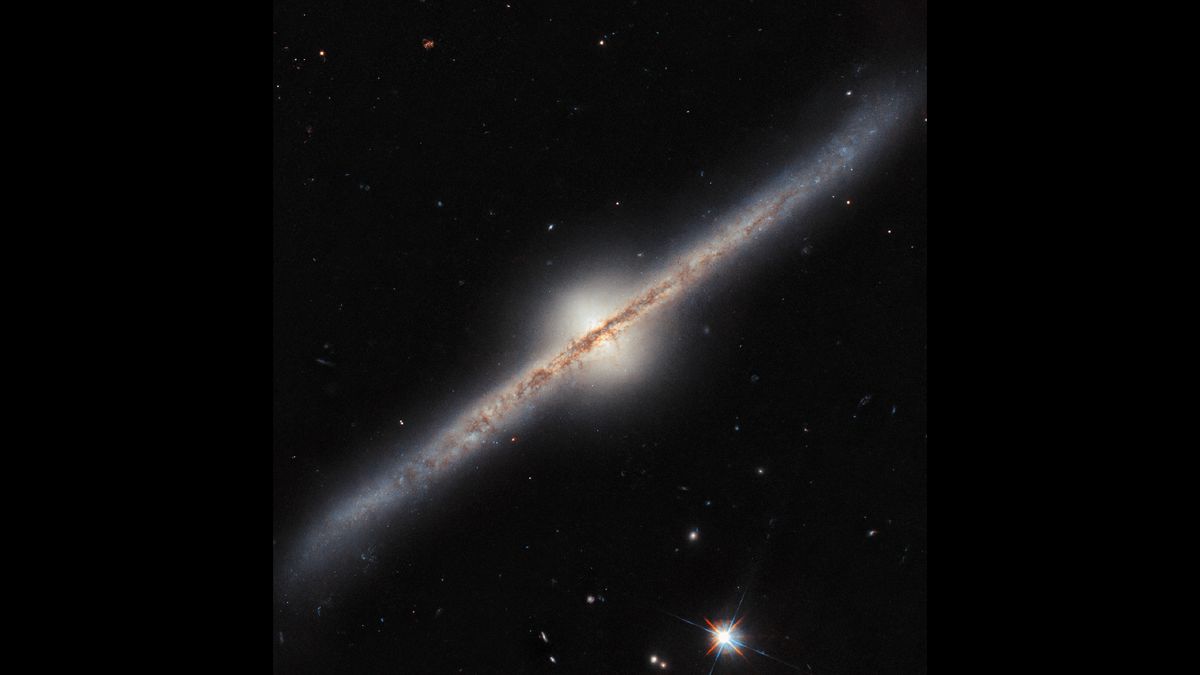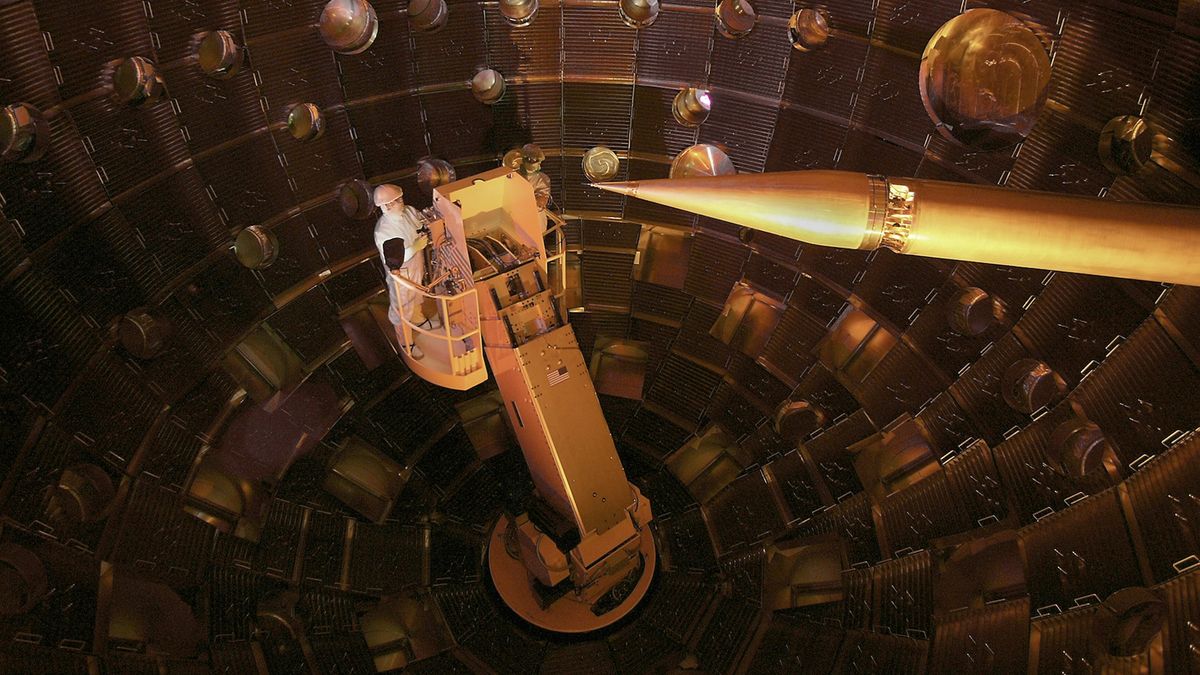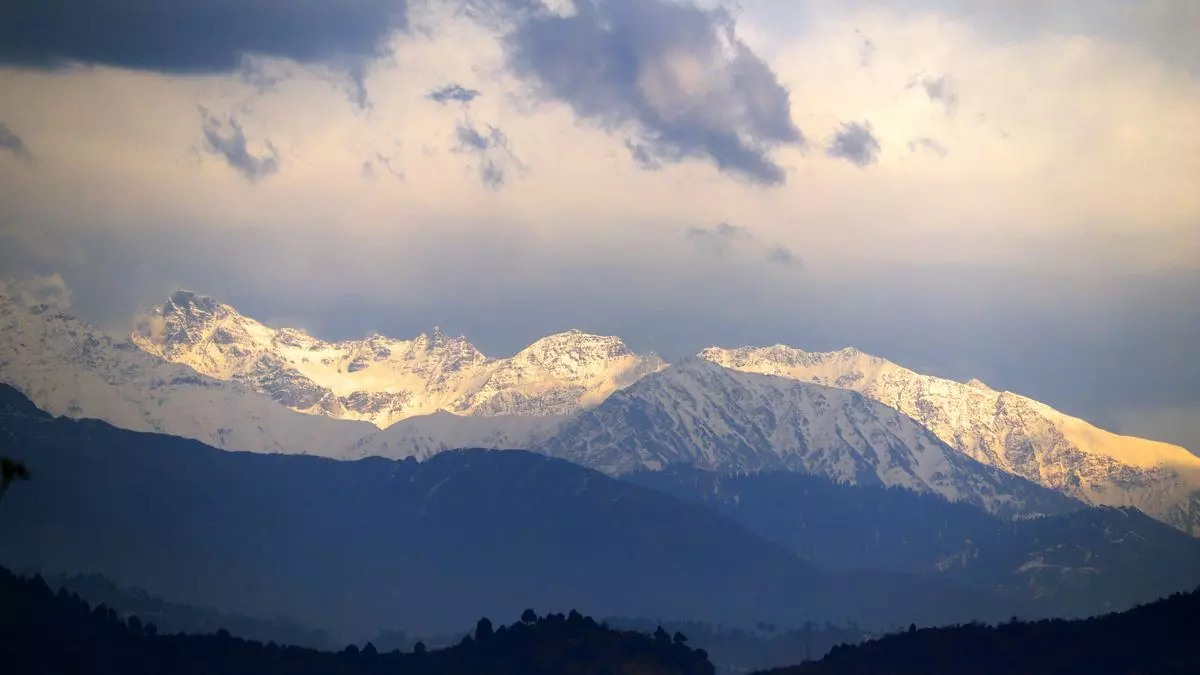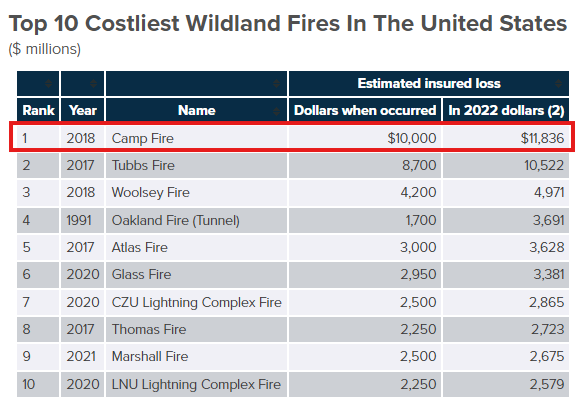Most of the neutron stars we know of have a mass between 1.4 and 2.0 Suns. The upper limit makes sense, since, beyond about two solar masses, a neutron star would collapse to become a black hole. The lower limit also makes sense given the mass of white dwarfs. While neutron stars defy gravitational collapse thanks to the pressure between neutrons, white dwarfs defy gravity thanks to electron pressure. As first discovered by Subrahmanyan Chandrasekhar in 1930, white dwarfs can only support themselves up to what is now known as the Chandrasekhar Limit, or 1.4 solar masses. So it’s easy to assume that a neutron star must have at least that much mass. Otherwise, collapse would stop at a white dwarf. But that isn’t necessarily true.
It is true that under simple hydrostatic collapse, anything under 1.4 solar masses would remain a white dwarf. But larger stars don’t simply run out of fuel and collapse. They undergo cataclysmic explosions as a supernova. If such an explosion were to squeeze the central core rapidly, you might have a core of neutron matter with less than 1.4 solar masses. The question is whether it could be stable as a small neutron star. That depends on how neutron matter holds together, which is described by its equation of state.
Neutron star matter is governed by the Tolman–Oppenheimer–Volkoff, which is a complex relativistic equation based on certain assumed parameters. Using the best data we currently have, the TOV equation of state puts an upper mass limit for a neutron star at 2.17 solar masses and a lower mass limit around 1.1 solar masses. If you tweak the parameters to the most extreme values allowed by observation, the lower limit can drop to 0.4 solar masses. If we can observe low-mass neutron stars, it would further constrain the TOV parameters and improve our understanding of neutron stars. This is the focus of a new study on the arXiv.

The study looks at data from the third observing run of the Virgo and Advanced LIGO gravitational wave observatories. While most of the observed events are the mergers of stellar-mass black holes, the observatories can also capture mergers between two neutron stars or a neutron star and a black hole companion. The signal strength of these smaller mergers is so close to the noise level of the gravitational wave detectors that you need to have an idea of the type of signal you’re looking for to find it. For neutron star mergers, this is complicated by the fact that neutron stars are sensitive to tidal deformations. These deformations would shift the “chirp” of the merger signal, and the smaller the neutron star, the greater the deformation.
So the team simulated how sub-white-dwarf mass neutron stars would tidally deform as they merge, then calculated how that would affect the observed gravitational chirp. They then looked for these kinds of chirps in the data of the third observation run. While the team found no evidence for small-mass neutron stars, they were able to place an upper limit on the hypothetical rate of such mergers. Essentially, they found that there can be no more than 2,000 observable mergers involving a neutron star up to 70% of the Sun’s mass. While that might not seem like much of a limit, it’s important to remember that we are still in the early stages of gravitational wave astronomy. In the coming decades, we will have more sensitive gravitational telescopes, which will either discover small neutron stars or prove that they can’t exist.
Reference: Kacanja, Keisi, and Alexander H. Nitz. “A Search for Low-Mass Neutron Stars in the Third Observing Run of Advanced LIGO and Virgo.” arXiv preprint arXiv:2412.05369 (2024).








Leave a Comment